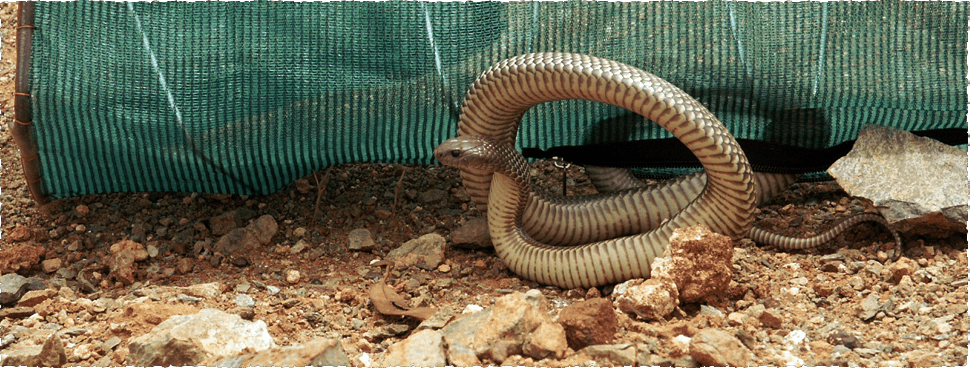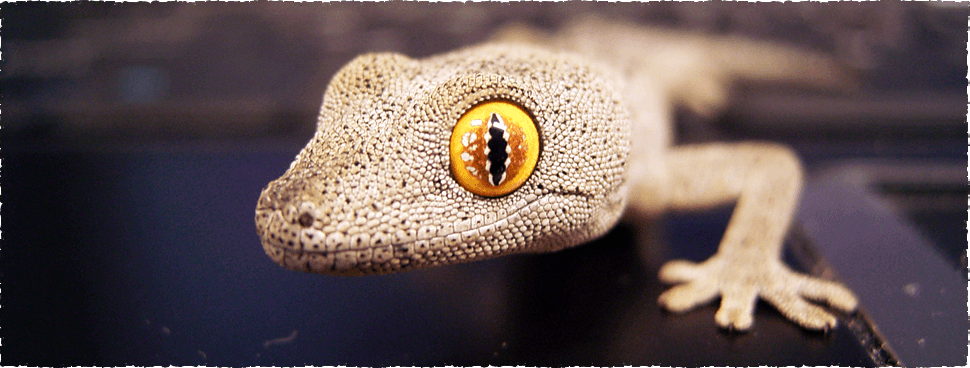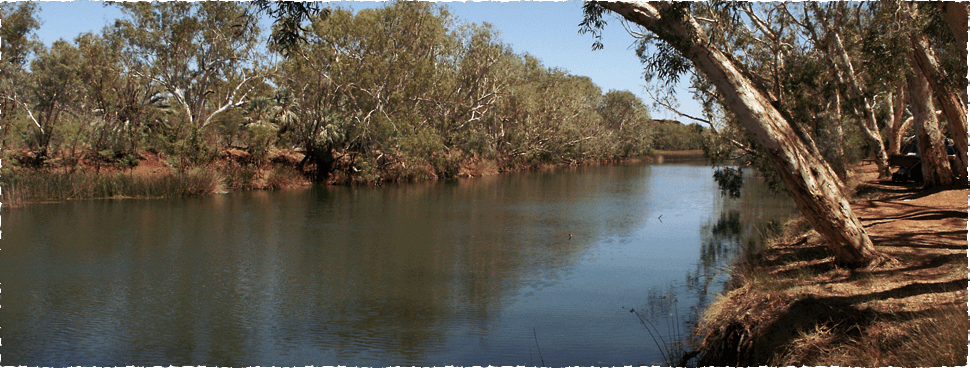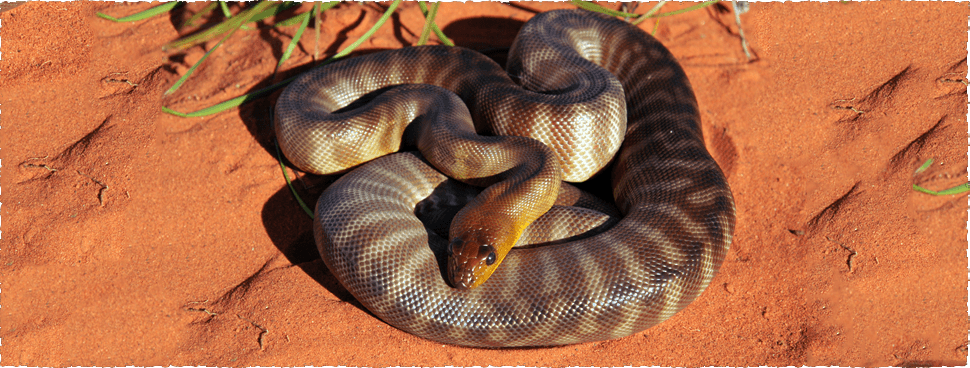Archive for the ‘General’ Category
Successful kangaroo relocations from a Perth golf course
Metropolitan golf courses provide ideal conditions for Western Grey Kangaroos to survive as there is a plentiful supply of freshly cut grass, permanent water, shade and no predators. However, a consequence of these ideal conditions is that the population can rapidly expand beyond a sustainable level, large males can become aggressive towards other kangaroos and the […]... [READ MORE HERE]
Garry Ogston wins award for his honours research
Garry Ogston recently had the opportunity to present the outcomes of his honours research at the joint 2015 Australian Society of Fish Biology (ASFB) Annual Conference and 5th International Symposium on Stock Enhancement and Sea Ranching in Sydney. In addition to this conference, Garry was invited to present his findings at the ASFB Threatened Species […]... [READ MORE HERE]
New foraging observation for Carnaby’s Black-Cockatoo
The recently released BirdLife WA Great Cocky Count discusses a decline in the abundance of Carnaby’s Black-Cockatoo on the Swan Coastal Plain. In response to a reduction in native vegetation and move to eating more planted native gardens and non-native plants, Black-Cockatoos have been observed modifying their foraging practises on the Swan Coastal Plain. Graham […]... [READ MORE HERE]
Pilbara Leaf-nosed Bat – DPaW progress in using EPBC Act offset funds
In June 2013, Terrestrial Ecosystems attended a workshop coordinated by the Department of Parks and Wildlife (DPaW) to develop the research priorities for Pilbara Leaf-nosed Bats in the Pilbara. These research priorities would then become the focus for spending funds made available as environmental offsets by various proponents under EPBC Act 1999. Outputs from the workshop can […]... [READ MORE HERE]
Woylies released into new feral-free home
This week marks the start of an ambitious broad-scale fauna relocation project being conducted by Australian Wildlife Conservancy (AWC) to release nine species of threatened fauna into a 7,800ha feral-free area (protected by a feral-proof fence) at Mount Gibson, Western Australia. This reintroduction program will hopefully set up a self-sustaining population of each of these species, which includes, […]... [READ MORE HERE]
Northern Quoll – DPaWs progress in using EPBC Act offset funds
In July 2013, Terrestrial Ecosystems attended a workshop coordinated by the Department of Parks and Wildlife (DPaW) to develop the research priorities for the Northern Quoll in the Pilbara. These research priorities would then become the focus for spending funds made available as environmental offsets by various proponents under EPBC Act 1999. Outputs from the workshop can […]... [READ MORE HERE]
Ecological implications of reptile mesopredator release in arid South Australia – paper review
Mesopredator release has been well documented in mammals, for example in North America the reduction in coyote numbers led to an increase in smaller carnivore activity, which ultimately led to the significant declines in many bird species within the area (Crooks & Soule´, 1999). Despite the important ecological role that large varanids and snakes play, […]... [READ MORE HERE]
Evaluating disturbance impacts on fauna
Proponents of a development should be able to demonstrate that any impacts on fauna or fauna assemblages in uncleared and adjacent areas have been kept to predetermined minimal levels. Ideally, appropriate triggers are provided with prescribed remedial actions when these triggers are reached. For some developments there is a ministerial condition which requires that potential […]... [READ MORE HERE]
Bilbies – DPaW progress in using EPBC Act offset funds
In October 2013, Terrestrial Ecosystems attended a workshop coordinated by the Department of Parks and Wildlife (DPaW) to develop the research priorities for Bilbies in the Pilbara. These research priorities would then become the focus for spending funds made available as environmental offsets by various proponents under EPBC Act 1999. Outputs from the workshop can be […]... [READ MORE HERE]
Competition at the kangaroo carcass
Following the road kill death of a kangaroo in the Pilbara, Terrestrial Ecosystems staff dragged the carcass into nearby scrub and placed 2 camera traps nearby. The images captured over the next 2 days were quite astonishing and made for some impressive viewing. It was also interesting to witness the time at which animals […]... [READ MORE HERE]















